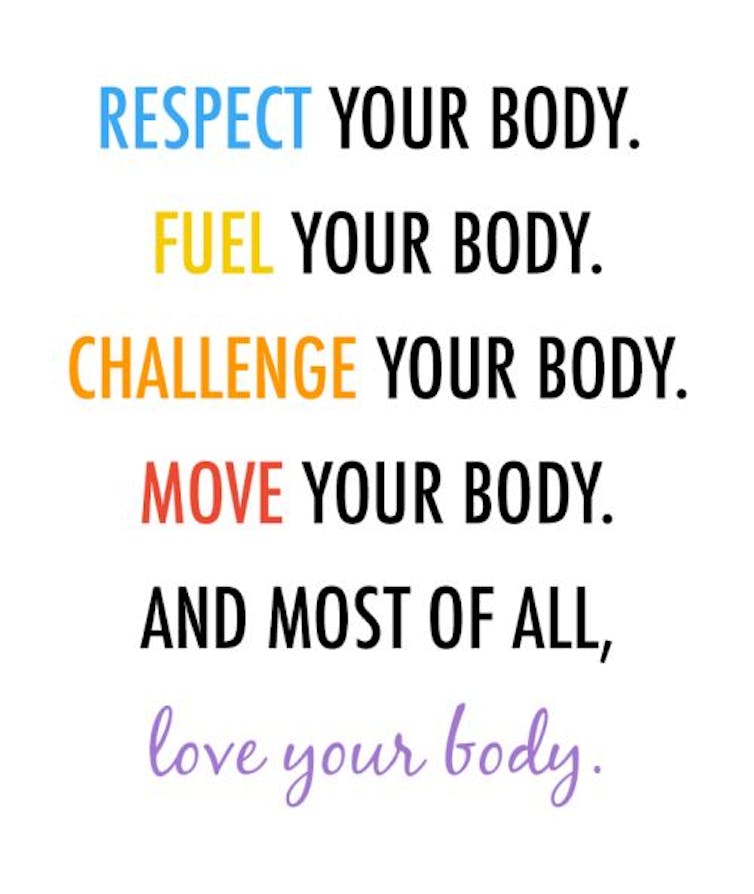Digital fitness is enjoying a COVID-19 boom. Online fitness technology provider Virtuagym reports a 400% increase in engagement and a 300% increase in the use of online workouts. Gyms, barre instructors, and yoga studios have been on a steep learning curve to become online businesses. And social media feeds have been flooded with home fitness options.
Women have long been the focus of home fitness programs – so it makes sense they are at the forefront of this shift, finding ways to connect and fit more fitness into their day.
Health clubs around Australia are set to reopen between now and mid-June. But the gains women have made online might make them less inclined to return to the gym once restrictions ease.
Livingroom fitness
While many people are using free content on YouTube during social isolation, others are sticking with fitness instructors who usually run classes in gyms, parks or studios.
By becoming digital providers, instructors can support their loyal clientele through difficult times while protecting their livelihoods during a massive industry downturn .
Big industry players are getting in on the action, with Nike’s Livingroom Cup and Strava’s range of stay active at home challenges aiming to provide motivation and connection with others.
Previous studies have shown people with gym memberships are more likely to meet weekly fitness benchmarks than those without, perhaps due to the financial commitment they’ve made. Older studies have looked at the tribal appeal of group fitness and the influence of others.
Global fitness celebrities like Les Mills, Kayla Itsines, Sam Wood and Chris Hemsworth are offering free program trials during lockdown. They hope mass uptake will convert to longer term paid subscriptions.
Fit women goals
Research shows women find it difficult to exercise for reasons including caring commitments, and feelings of intimidation and judgement in public leisure settings. Digital fitness offers privacy, safety and convenience.
There are also economic and time-saving benefits for women, who have less time for leisure than men and less money to spend on fitness.
Digital technologies and programs can also help women build supportive online social networks around their workouts. Facebook groups include Fitness First at Home with 10,000 members and the hashtag #GotAHomeGotAGym.
With 12.5 million followers, the dominant face of online fitness is Kayla Itsines. Her success can be attributed in part to her effective use of digital platforms to build a fitness community.
It’s not just about sweat
Though research has indicated Instagram use can contribute to poor self-esteem and negative self-perception, women also have the opportunity to take pride in their exercise achievements with hashtags like #fitnessgoals and #isolationfitness.
By analysing how active women interact with each other online, we have observed many benefits of digital networks for supporting women’s mental health, community building, and knowledge sharing.
In our study of Itsines’ fitness followers on Instagram, we found sharing photos, stories and advice was important for staying motivated.
Statements from followers such as “I want you to know that whatever you are going through - it’s OKAY!” and “You have to tell yourself each day ‘I got this, I’m gunna get those abs and lose this muffin top’”, show how women connect and relate to each other online by disclosing feelings of insecurity as well as hopes for overcoming them. These connections can feel especially meaningful for women at home or exercising alone.
As part of research soon to be published, we interviewed a dozen Melbourne women who are using Instagram for fitness. They repeatedly identified the value in the communities they found online. One interviewee said:
I feel that I, through Instagram, have got to know more people and I learn a lot of things from them and it’s a source of inspiration for me.
Another said:
I’d moved to a city where I didn’t really know anyone, so it was quite isolating for a period of time. I’ve always thrived on health and fitness so I still trained, but in the last two years with this [online] running community … I have my sense of belonging back, and I feel like I’ve got my people again.
During COVID-19 lockdowns, people are using digital technologies to connect with existing fitness communities. Others are discovering online communities for the first time. This is especially important amid concerns about the mental health impact of social isolation. Experts know that physical exercise can help.
Bodies online
Of course, connection leaves room for comparison. While comparison can be motivating, digital exercise communities also fuel pressures on women to demonstrate feminine success through physical and psychological means.
Performing fit femininity online can impose new demands of self-love, body positivity and ongoing self-improvement. These values are captured in inspirational fitness quotes that encourage women to accept who they are while simultaneously aspiring to a better version of themselves.
Fitspiration quotes with empowering messages are popular. Pinterest
In our research on the Itsine’s #BBG fitness community, we studied thousands of women from around the world – of all different body shapes and sizes – “brought together in a shared motivation for a changing body, the becomings of a ‘better’ body”.
The presentation of positive emotion through and about the body was prevalent in the images and text, with posts carrying affirming hashtags like #selflove #strongnotskinny #bodypositive #healthyandhappy".
How women’s exercise efforts are responded to by others through comments and reactions, can shape women’s digital fitness participation.
Women’s fitness beyond COVID-19
With the gradual loosening of COVID-19 restrictions, gyms will reopen and many free programs will cease to be available.
Some people will return to leisure centres and fitness studios over the coming weeks, driven by the physical connections, infrastructure and the sense of familiarity these spaces provide. However, we anticipate that many women will maintain their home workout habits because of the value found in these online offerings.



 Africa without borders could help the continent prosper – what’s getting in the way
Africa without borders could help the continent prosper – what’s getting in the way  How Vladimir Putin was able to change Russia’s constitution and become ‘president for life’
How Vladimir Putin was able to change Russia’s constitution and become ‘president for life’  Informal mining in South Africa is here to stay. Police brutality won’t end it - here’s what will
Informal mining in South Africa is here to stay. Police brutality won’t end it - here’s what will  How ‘dupes’, fast fashion and China’s economic slowdown spell disaster for the luxury sector
How ‘dupes’, fast fashion and China’s economic slowdown spell disaster for the luxury sector  Voice of America has to provide ‘accurate, objective and comprehensive’ news – could that all change?
Voice of America has to provide ‘accurate, objective and comprehensive’ news – could that all change?  Why Manchester City offered Erling Haaland the longest contract in Premier League history
Why Manchester City offered Erling Haaland the longest contract in Premier League history  Denmark’s new royal coat of arms marks the end of a 400-year-long Swedish-Danish conflict
Denmark’s new royal coat of arms marks the end of a 400-year-long Swedish-Danish conflict  Extreme heat, flooding, wildfires – Colorado’s formerly incarcerated people on the hazards they faced behind bars
Extreme heat, flooding, wildfires – Colorado’s formerly incarcerated people on the hazards they faced behind bars  How Canadian cities could be leaders in the fight against waste
How Canadian cities could be leaders in the fight against waste  Donald Trump’s presidency presents Benjamin Netanyahu with a crisis that could be existential – here’s why
Donald Trump’s presidency presents Benjamin Netanyahu with a crisis that could be existential – here’s why  Making aluminium uses 10% of Australia’s electricity. Will tax incentives help smelters go green?
Making aluminium uses 10% of Australia’s electricity. Will tax incentives help smelters go green?  A Passage to India: how global pandemics shaped E.M. Forster’s final novel
A Passage to India: how global pandemics shaped E.M. Forster’s final novel 



































